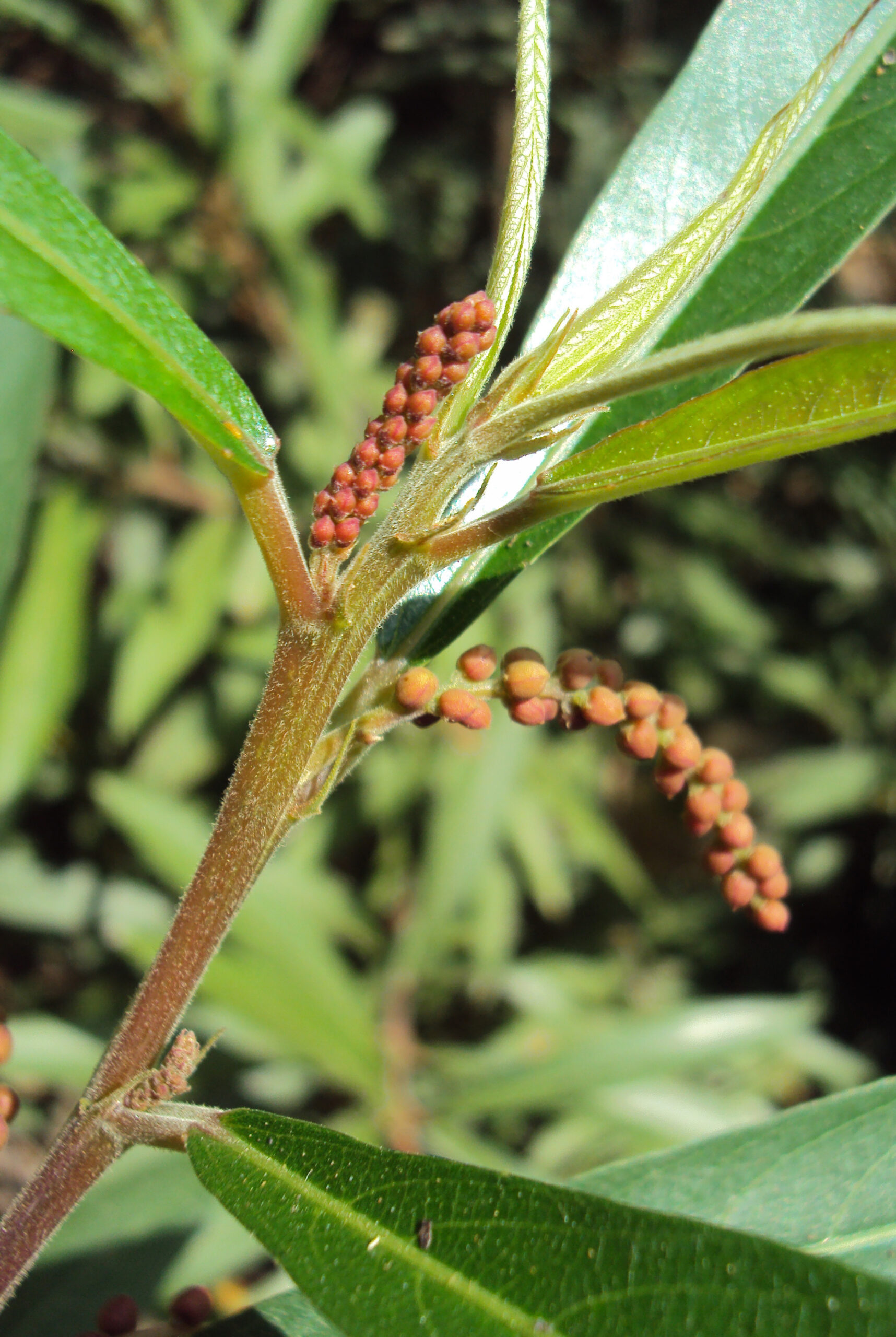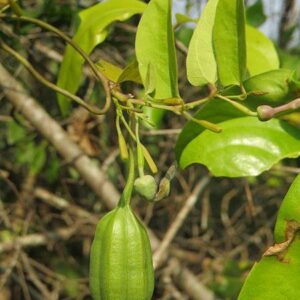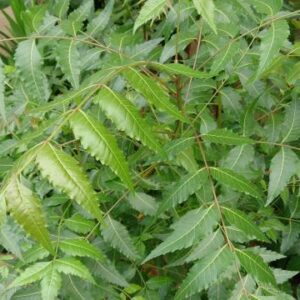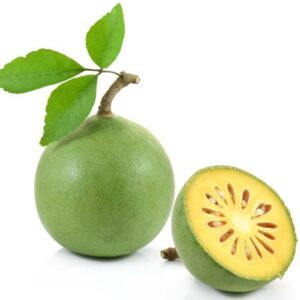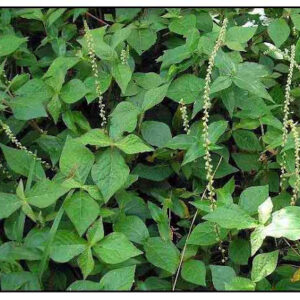Description
Homonoia riparia, the willow-leaved water croton, a mangrove species, belongs to the genus Excoecaria of the family . Euphorbiaceae. The plant is widely distributed through South Asian and South East Asian countries such as Cambodia, China, Indonesia, Laos, Papua New Guinea, Philippines, Sri lanka, Taiwan, Thailand and Vietnam . It is grown in wet soil near river banks and flooded plains.
Homonoia riparia can be a gregarious, deciduous shrub, or a small, crooked and twisted tree, growing 1 – 4 metres tall and forming a woody, deep and extensive root system. The shrub provides a number of popular local medicines, which are gathered from wild plants. It is planted in Java and Sumatra in order to protect riverbanks and prevent soil erosion.
Uses
Itches, Skin diseases, Malaria, Scabies.
Parts of uses
Young shoots, Seeds, Roots
